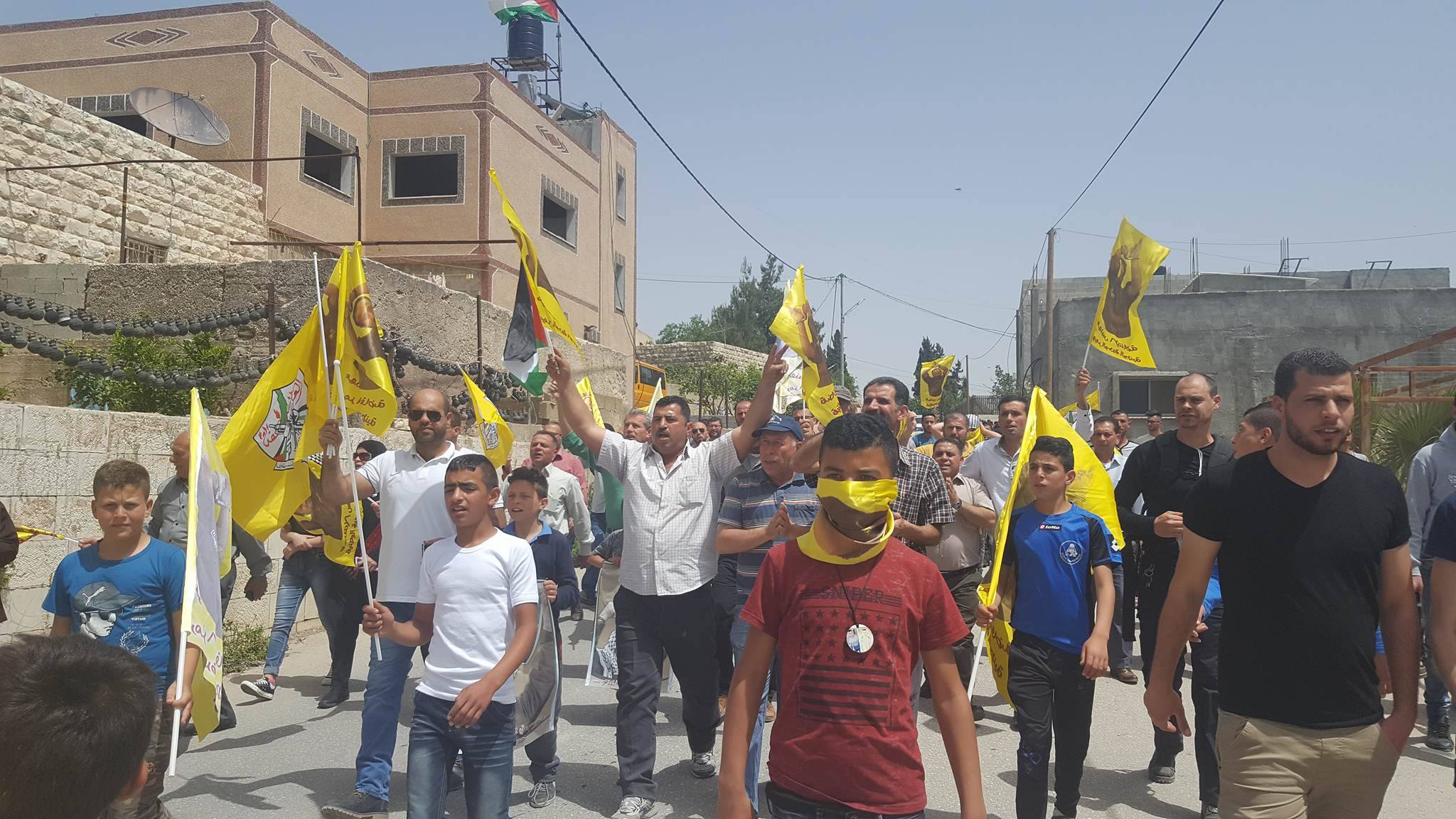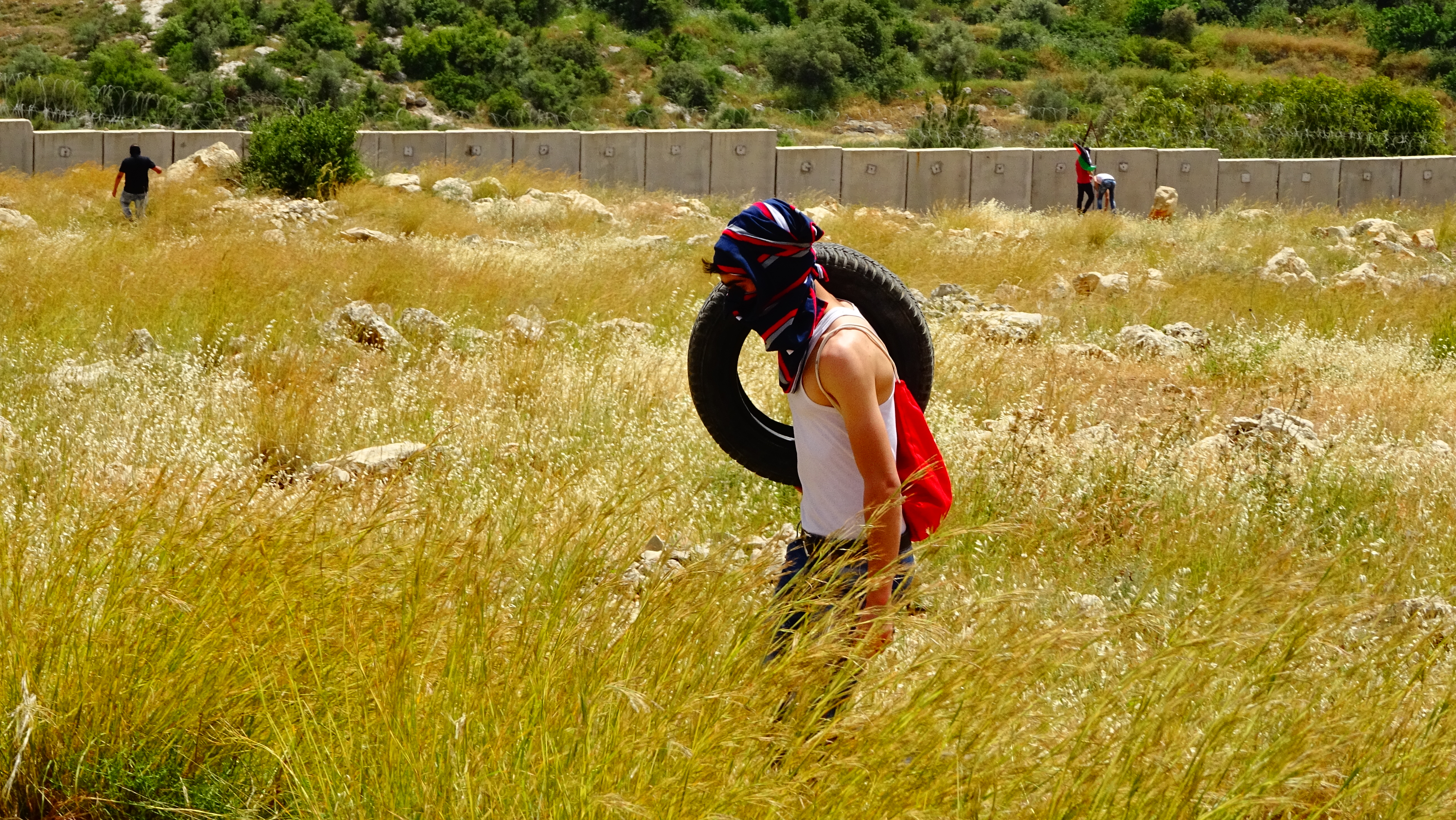Tag: Arrests
-
Teenager beaten and dragged off the street by soldiers in Hebron
17th May 2017 | International Solidarity Movement, Khalil Team | al-Khalil (Hebron), occupied Palestine A Palestinian teenager was attacked in the street today by Israeli forces as he made his way through Hebron’s Old City. While talking with an NGO worker, the 18-year old was rushed by soldiers and beaten in broad daylight. Bleeding, he was…
-
Nabi Salih marches in solidarity with Palestinian prisoners on hunger strike
22nd April 2017 | International Solidarity Movement, Ramallah Team | Nabi Salih, occupied Palestine On Friday 21st April, a demonstration held in solidarity with Palestinian prisoners on hunger strike was violently supressed by Israeli forces at Nabi Salih, occupied West Bank. Teargas, rubber-coated steel bullets, and live rounds were fired at demonstrators by Israeli forces…
-
Protesters forced to retreat at peaceful demonstration in Ni’lin
22nd April 2017 | International Solidarity Movement, Ramallah team | Ni’lin, occupied Palestine On April 21st a crowd of Palestinian protesters, joined by international and Israeli activists, gathered for the weekly demonstration in Ni’lin. The peaceful demonstration began after Friday prayer, with the protesters marching to the Apartheid Wall built at the expense of hundreds of…



